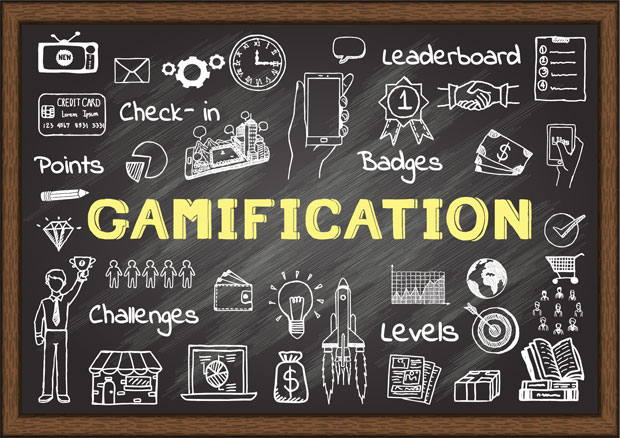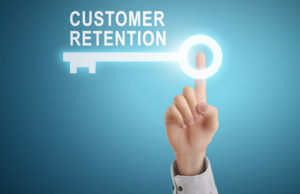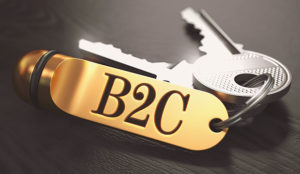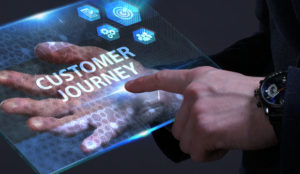Gamification is one of the hottest trends in the business world. Incorporating game elements can be a great way to motivate and engage customers and employees alike — using an activity that has appealed to humankind since its beginnings.
“Humans have been playing games for thousands of years. Some argue that games predate culture,” said Brandon Marsala, creative director of content and strategy at Mindspace.
“Knucklebone dice and painted stones were used by ancient peoples to hone skills, develop critical thinking, or just pass the time,” he told the E-Commerce Times. “Games are a part of us. Whether it’s competition with others or competition with ourselves, games are miniature versions of our lives: We strive to achieve — to overcome challenges.”
The appeal of games is due, at least in part, to how the brain is wired.
“Winning is tied into the pleasure circuits of the brain,” said Marsala. “Every time we achieve, dopamine is released — achieve bigger goals, release larger amounts of dopamine. In this way, humans are hardwired to want to play games.”
Customize for Your Customers
If you’ve ever earned airline miles or shopping points, you’ve participated in gamification. Increasing numbers of businesses have been using gamified strategies like these to increase customer engagement and help sales.
The basic principle behind gamification for customers is to make shopping fun — reward them for their participation, encourage them to continue interacting with your brand, and foster a sense of loyalty.
In addition to offering basic rewards programs, businesses can weave game psychology, principles and mechanics into all of their content, including their sales and marketing strategies.
“Advanced gamification is about adding value, serving the needs of the content, and achieving behavior change,” noted Marsala.
“Appointment dynamics” is an example of this kind of advanced gamification, he said.
“This is a dynamic in which to succeed, one must return at a predefined time to take some action, explained Marsala. “This can be implemented easily by offering bonuses or rewards for coming back to an experience on a certain day or at a certain time of day.”
What gamification strategies are best for your customers depends your particular business, products and audience. It’s important to customize them for each business.
“Gamification will continue to become much more custom and refined to meet an organization’s unique needs and goals,” said Marsala.
“Points, badges and leaderboards will still continue to be used, but they will no longer be seen as checking the box on gamification. They might be a starting point, but they are far from a complete gamification solution,” he added.
“Marketers and learning and development organizations alike will continue to see the value in gamifying their content and developing custom gamification strategies that motivate and inspire their increasingly distracted audiences,” Marsala predicted.
Boost Morale, Boost Sales
In addition to increasing sales, gamification can also be used internally to boost morale and increase engagement of employees.
“Gamification in business is a fantastic way to promote transparency and maximize participation within the company,” said John Kampas, CEO of Empist.
“This can be done either company-wide or by department,” he told the E-Commerce Times. “In my experience, people love this method because it builds a healthy level of competition with measurable goals based on quantifiable indicators. Everyone likes to be rewarded.”
There are many ways to incorporate gaming into the everyday working lives of employees, and you can start by looking for places within your business that need a little extra help.
“Identify the areas within your company that may need a boost,” Kampas advised.
“For instance, sales might be one of them. Gamification can be used to transform disengaged people into top performers,” he pointed out.
“For a sales team, you can incorporate a rewards program for your team based on sales KPIs –key performance indicators — to meet and exceed your goals,” suggested Kampas. “When the KPIs are achieved, people can get points and redeem them for cool perks. This can be in the form of gift cards, company swag, or an extra day off, to name a few options.”
At its best, gamification works in tandem with other strategies related to employee psychology and motivation.
“Games appeal to people’s core psychological drives, like the desire for social recognition, sense of ownership and accomplishment,” observed Tal Valler, director of global marketing atGamEffective.
“As you advance in levels and make achievements, you become more involved and more protective of your achievements,” he told the E-Commerce Times.
“While playing a game, you get instant feedback on your activities and have clear goals and a clear path to them,” Valler said. “Gamification, when done well, can take all these elements and use them to make learning or work activities more exciting and give them additional meaning.”
Make Games Winnable
Both external and internal gamification strategies must make sense in relation to your business’ overall values and mission. They shouldn’t feel, in other words, like they’re tacked onto existing structures, with no sense of coherence or continuity.
“Build gamification directly into your core values,” said Empist’s Kampas.
“Employee and customer gamification have some of the same principles, but they will each be rewarded differently,” he noted.
“The programs need to be easy to play and winnable,” Kampas advised. “A lengthy process or extensive rules can be unappealing to participants. You must also clearly outline the details of the challenge and the reward before starting the game.”
It’s also important that any gamification elements be accessible through mobile devices.
“Make sure it is optimized for mobile, because integrating it with social media is a great way to increase your brand exposure and company awareness,” suggested Kampas. “A social gamification example could be awarding points with a social share or like.”
Gamification shows tremendous promise, and it can be an effective way to motivate both customers and employees. As it evolves, it likely will take new forms, adapting to new technologies and trends. It shows no signs of slowing down.
“We are seeing an amazing impact with gamification for businesses,” said Kampas.
“There are many platforms out there that make it easy for a company to incorporate gamification and recognition into their businesses, both for employees and customers,” he added. “The good thing is you don’t need to recreate the wheel to be successful at this method — but if you are not thinking about gamification at this point, you definitely need to. It’s more than just a buzzword. It has become a proven tool to engage customers and employees.”

























































Social CRM
See all Social CRM